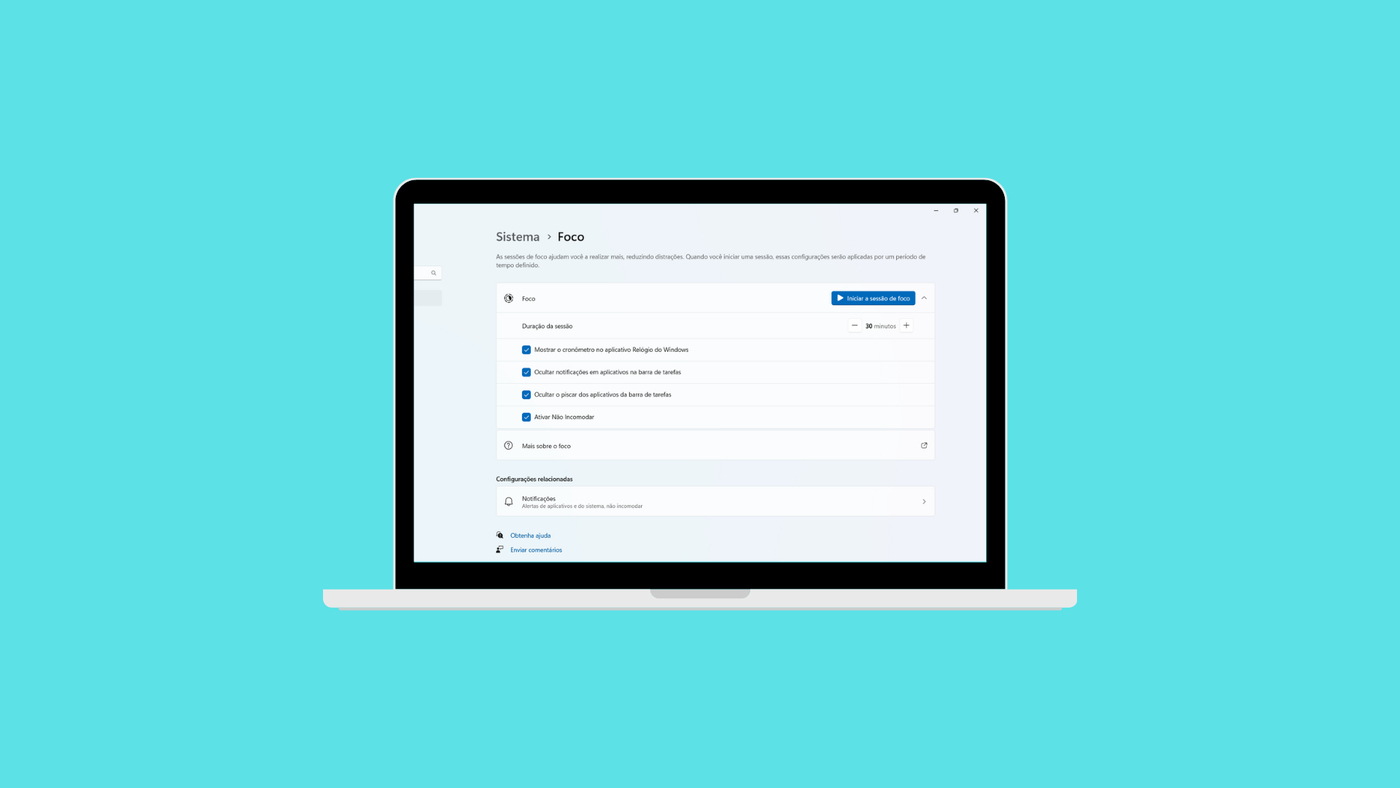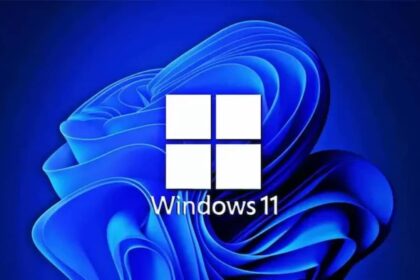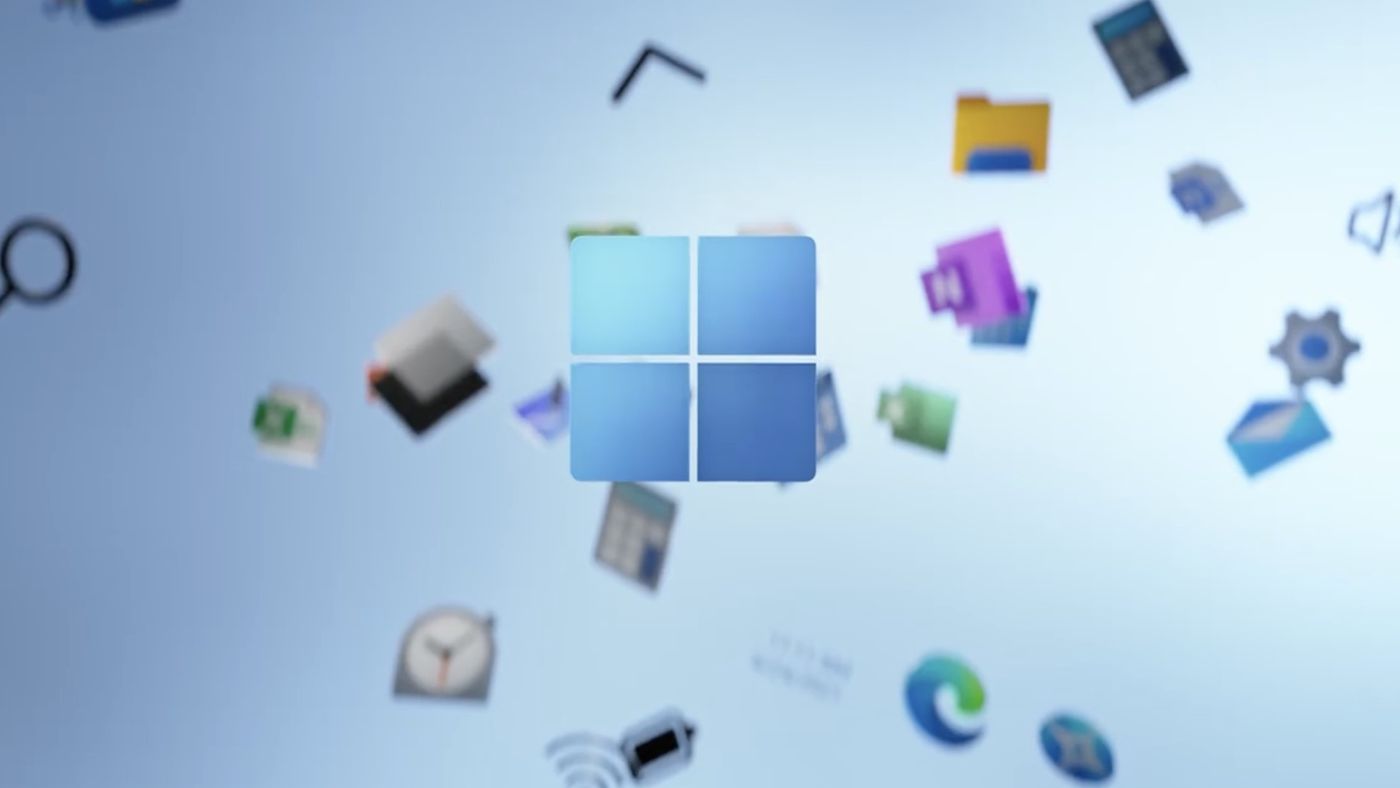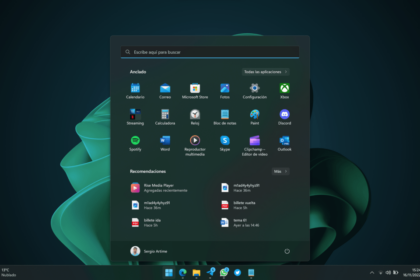In a surprising development, Microsoft has unveiled a native version of its Copilot application for Windows 10 and 11, replacing the earlier web-based version. This updated version, now available to Windows Insider program participants, brings several notable enhancements to improve the overall user experience.
Copilot now has “almost” a native app on Windows.
While Microsoft has branded the new Copilot application for Windows 10 and 11 as “native,” the reality is that it remains fundamentally a web interface. The app leverages WebView2—the rendering engine behind Microsoft Edge—to display the Copilot website within an app window.
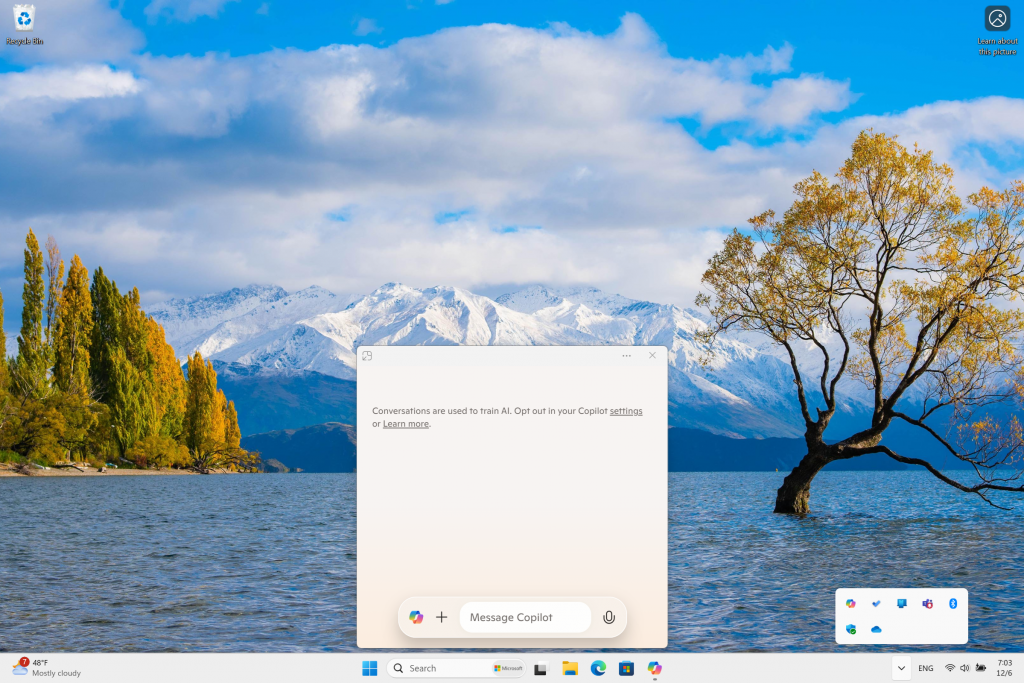
Despite its native-like appearance, the core functionality relies heavily on web technologies, much like the earlier Progressive Web App (PWA) version.
Key Features and Changes:
- Quick View Access: One of the standout features is a new quick view mode, accessible with the Alt + Space keyboard shortcut. This allows users to rapidly open and close a compact Copilot window that can be moved and resized as needed.
- Dedicated Key Support: Devices with a dedicated Copilot button will launch the application in its main window for a more streamlined experience.
Advantages of the Update:
Switching from a PWA to a “native” app brings improved integration with Windows, offering smoother performance and better stability. However, the app’s reliance on WebView2 means it isn’t a fully standalone native application.
Microsoft has acknowledged that the Alt + Space shortcut could conflict with other programs using the same combination, such as PowerToys Run. In cases of conflict, Windows will prioritize the app that was launched first or is running in the background.
Gradual Rollout and Future Plans:
The update is being released in phases, so it may take a few days to reach all users. Microsoft has committed to refining Copilot, including exploring alternative keyboard shortcuts to enhance usability.







